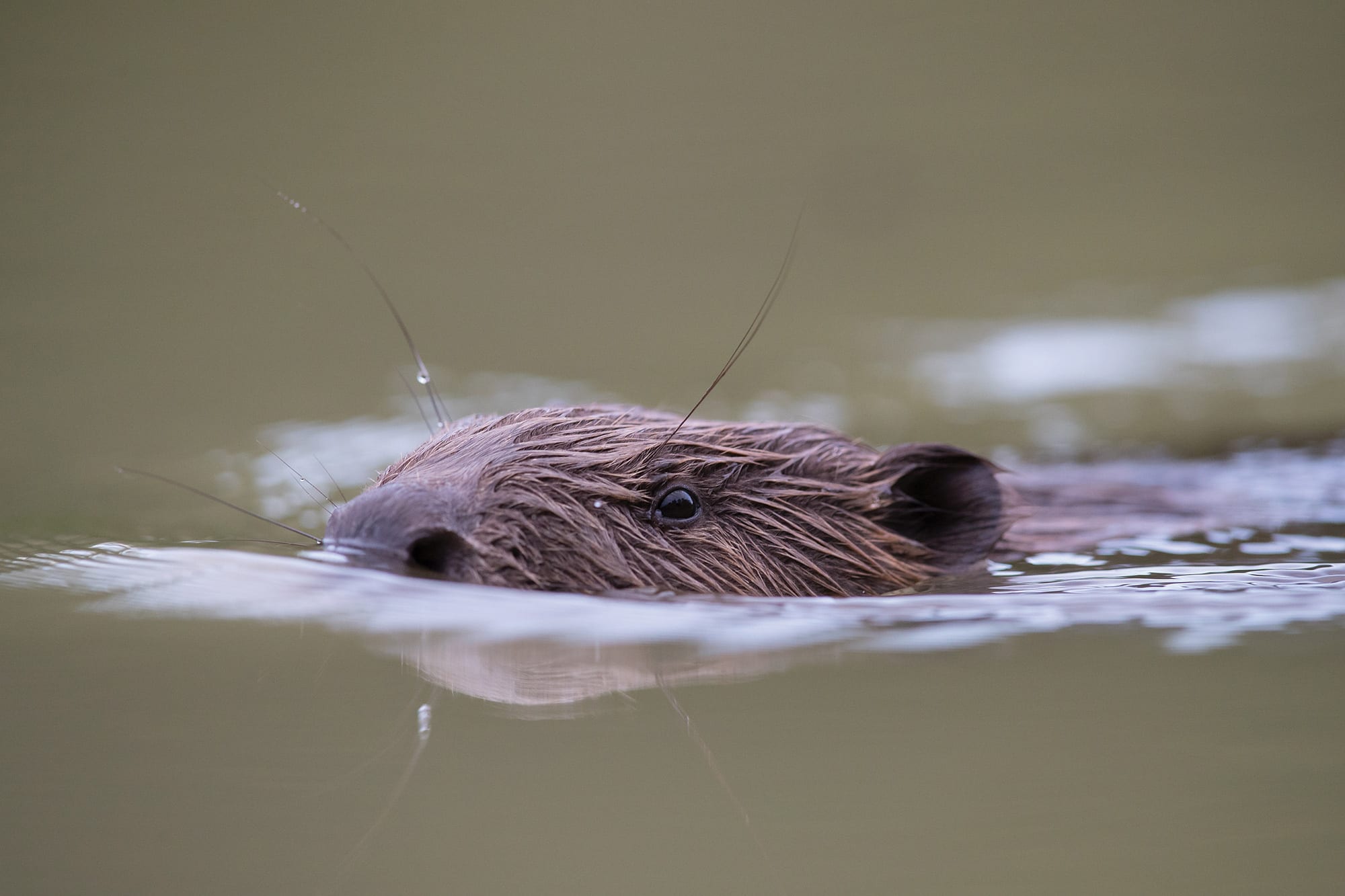In Conversation With Dr. Steven Weiss
How do hydropower dams affect freshwater biodiversity?
Depending on the type and size of the plant, hydropower affects biodiversity in many different ways. The number one impact is habitat destruction. Additionally, with many plants being built, the whole river network becomes fragmented and fish aren’t able to move up or/downstream to fulfil their lifecycle needs.
Additionally, certain plants function with what is known as “hydropeaking”, which is highly destructive. Water is released at certain times of the day to meet peak demands for energy. In a matter of minutes, spawning and rearing grounds can go from being several centimeters or a meter or more deep to being completely dry. The fish don’t have time to respond and are left stranded. Although your so-called run-of-the-river plants don’t have hydropeaking, they all accumulate fine sediments, which must be periodically flushed from the reservoir.

Which species are at risk should the planned hydropower plants go ahead?
All of Europe’s large iconic species, such as the Atlantic salmon, European eel, the last surviving populations of sturgeon, would be impacted by these plants. In southern Europe, the Balkans in particular, there are many hotspots, as this is where the highest concentration of endemic biodiversity is found – virtually all of the endemic fish species in the Balkans would be threatened with massive reductions should the planned plants go ahead.
Is it just fish that are impacted?
Many species are impacted by hydropower, including lots of insect life, which are a basic building block in the food chain of the whole riverine ecosystem. Hydropower dams do indeed affect fish directly but also riverine life more broadly – such as semi-aquatic wildlife (like fish otters) and a wide array of birdlife, particularly fish-eating birds like kingfishers or pelicans. The projects also affect the terrestrial landscape, including species like the lynx, wolf and local deer species, as they can’t carry out their normal migratory pathways due to the fragmentation caused by the construction of the plants and reservoirs.
So, what needs to happen?
First and foremost, we need to recognize and uphold existing legislation. Wildlife refuges, Natura 2000 areas and other nature reserves – all these areas need to be protected in the way they were meant to be protected. We also need to recognize that we don’t have an energy crisis but an environmental crisis, and climate change is only one dimension of that. We can’t tackle the climate crisis without taking nature protection seriously – the two are inseparable.